Metamorphosis of a Dismal Frontier: The European Green Belt
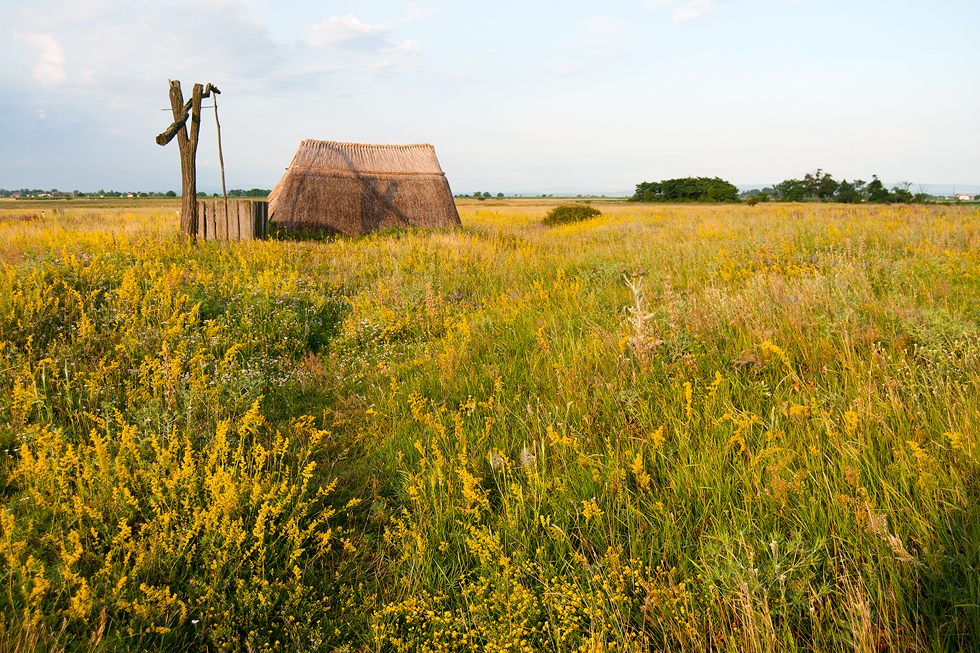 National Park Neusiedler See-Seewinkel in Austria, part of the European Green Belt (photograph by Leander Khil/Wikimedia)
National Park Neusiedler See-Seewinkel in Austria, part of the European Green Belt (photograph by Leander Khil/Wikimedia)
Europe’s landscapes have been intensely impacted by human beings for thousands of years. Deforestation in Crete was rampant by the late Bronze Age; 200 years of hydraulic gold-mining by the Romans sculpted the famed Las Médulas badlands of Spain. Despite this legacy — or perhaps because of the perspective it gives Europeans on the place of humanity in ecological systems — the continent today lays claim to some of the most visionary conservation efforts going on anywhere.
Among the most ambitious is an international attempt to transform a gloomy frontier into an epic refuge for wild things and wild processes. What was once called the Iron Curtain has been reborn as the European Green Belt, a protected natural corridor of unprecedented scale and remarkable heritage.
The Iron Curtain materialized at the close of World War II, and served as the fortified, sometimes bloody seam between Soviet-affiliated territory and Western Europe through the Cold War’s long reign. As political reforms and popular uprisings dismantled the Curtain in the late 1980s and early 1990s, conservationists took note of how remarkably wild much of the narrow strip was that it had constituted. Here were mature forests, stretches of free-flowing river, and naturally functioning wetlands; here were populations of plants and animals rare or extirpated from other parts of Europe. The tense no-man’s-land character of the Iron Curtain, where human access was severely limited, had created a refuge for wilderness and wildlife from Finland to Bulgaria.
But even as Europe celebrated the fall of the Iron Curtain, environmentalists worried that development and resource-extraction would swiftly erase the former divide’s comparatively pristine state. Protecting the corridor would mean balancing the economic and cultural livelihoods of local populations, conducting thorough ecological inventories, and implementing international cooperation between numerous interest groups.
 The European Green Belt (image by Smaack/Wikimedia)
The European Green Belt (image by Smaack/Wikimedia)
Formalized in the early 2000s by the conservation group Friends of the Earth Germany (BUND) and the German Federal Agency for Nature Conservation (BfN), the concept of the European Green Belt spread impressively along the old Iron Curtain course. The European Green Belt Initiative has now been laboring to establish and link protected zones across some 7,768 miles between the Barents Sea’s Arctic coast to the balmier shores of the Black Sea for better than a decade. It threads an astonishing 24 countries and 40 national parks within a vast spectrum of native biomes, from the Fennoscandian taiga to the beech woods and high-country meadows of the Jablanica-Shebenik Mountains in the Balkans.
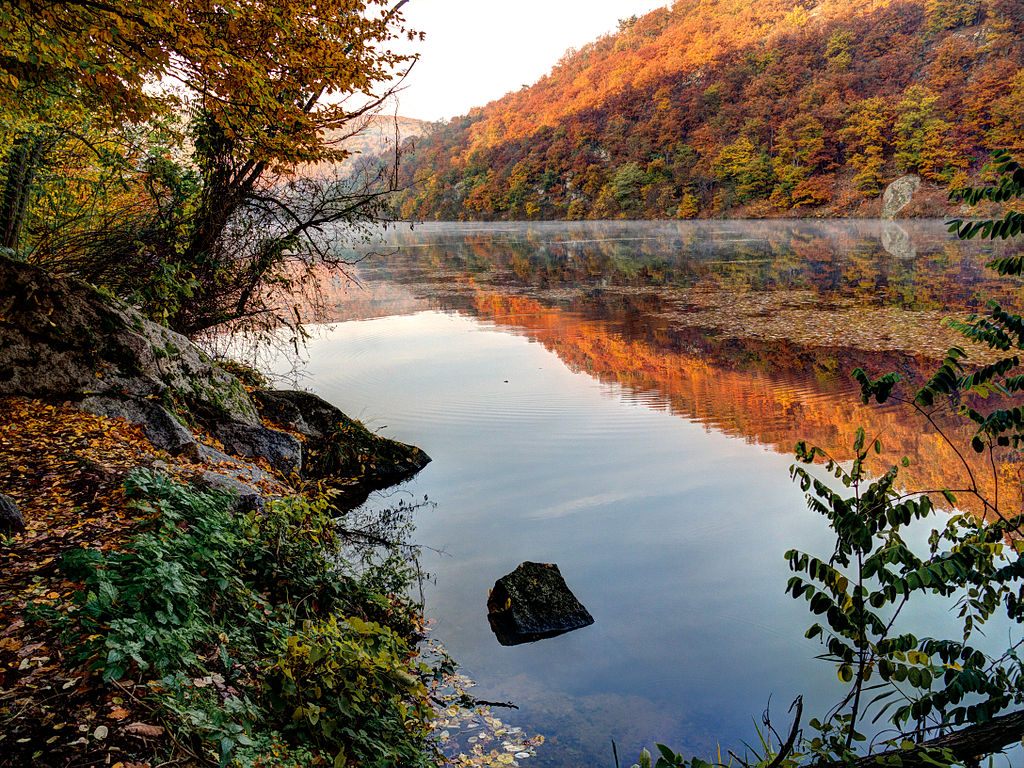 Podyjí National Park in the Czech Republic (photograph by Joadl/Wikimedia)
Podyjí National Park in the Czech Republic (photograph by Joadl/Wikimedia)
The Corridor Concept
The corridor is a fundamental theme of contemporary landscape ecology and conservation biology. A thoroughfare of habitat facilitating the passage of organisms between core territories or resources, it can be conceived of at any number of scales. The skein of thickets marking a creek’s passage through farmland is a local corridor for the fox. Broaden the scope, and you find efforts to define and protect corridors that bridge ecoregions and international boundaries. Beyond accommodating the movement of individual creatures, they also keep sub-populations of a given species healthy by encouraging genetic interchange, and, in the face of biosphere-level upheavals such as global climate change, offer migratory routes for both plants and animals retreating or expanding to occupy new habitat.
The European Green Belt is one of several schemes worldwide striving to safeguard large-scale ecological corridors, including the Yellowstone-to-Yukon Conservation Initiative in the North American Rockies, and the Mesoamerican Biological Corridor in Mexico and Central America. It also represents a foundational component of the Pan-European Ecological Network, a blueprint established by the Council of Europe to preserve representative tracts of the continent’s major ecosystems in the face of mushrooming habitat fragmentation.
What sets the Green Belt apart is the degree to which it represents a twining of human history and conservation. Its evolution from a rigidly enforced barrier against cultural interchange to a cooperative international project promoting biodiversity is poignant. The corridor also showcases a fascinating imprint of geopolitical boundaries upon the natural face of the landscape. For people, the Iron Curtain meant barbed wire, checkpoints, and armed guards; for the landscape, it meant ribbons of unbroken forest, wildflower glades, lumbering bears, and moonlit swarms of moths.
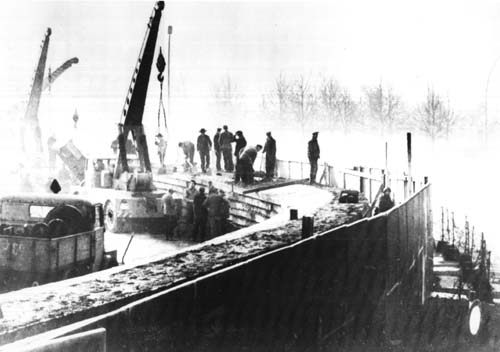 Construction of the Berlin Wall, a prominent stretch of the Iron Curtain (“Berlin Wall 1961-11-20” by National Archives, licensed under public domain via Wikimedia Commons)
Construction of the Berlin Wall, a prominent stretch of the Iron Curtain (“Berlin Wall 1961-11-20” by National Archives, licensed under public domain via Wikimedia Commons)
Treasures of the Green Belt
From mountaintop balds to marshy lakeshores, ecosystems in the Iron Curtain were spared many of the environmental degradations that had heavily fragmented ecological landscapes elsewhere. Pesticide- and herbicide-free meadows bristled with a rich roster of grasses, forbs, and invertebrates. Deep timber allowed wilderness-loving beasts the space and seclusion to survive.
That status as a longtime inadvertent refuge as well as its vast geographic spread mean the European Green Belt plays home to a striking diversity of life. The biological spectrum sweeps from endemic plants such as the Wismar cinquefoil and river mussels thriving in unpolluted waterways to what conservationists term “charismatic megafauna,” flashy and dramatic animals such as the common cranes staging for migration on Germany’s Baltic coast or the European wolves and wolverines stalking Fennoscandia’s boreal forest. The reintroduction of the Eurasian lynx into Germany’s Harz Mountains, a low but rugged range fronting the North European Plain along the Iron Curtain trace, was a standout success story in the early years of the corridor effort.
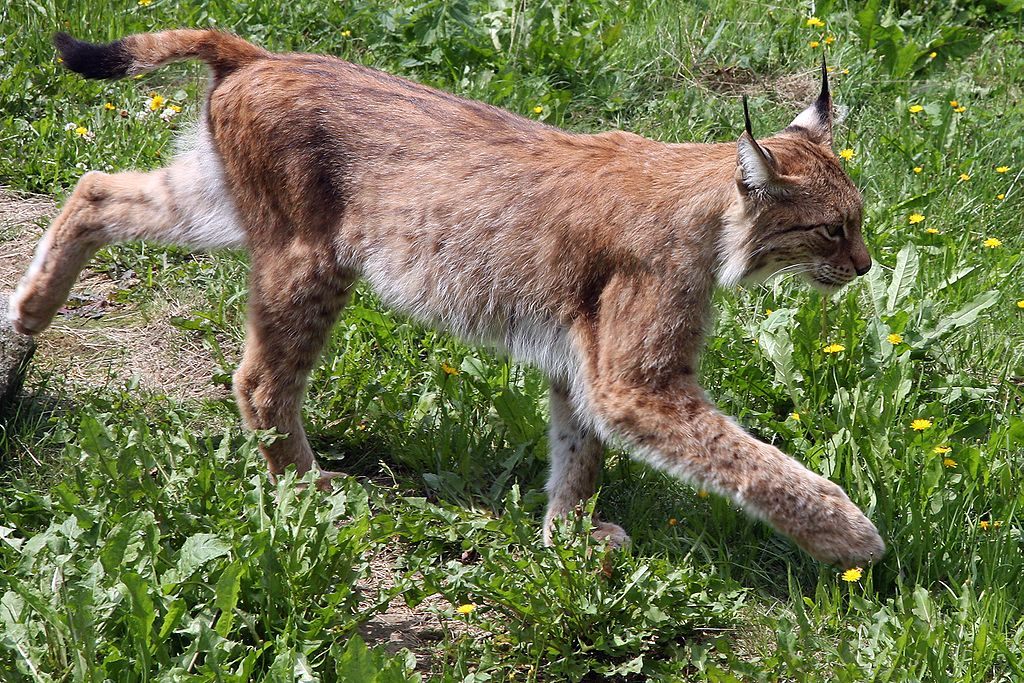 Eurasian lynx were reintroduced into high-quality habitat in Germany’s Harz Mountains in an early European Green Belt project (photograph by David Castor/Wikimedia)
Eurasian lynx were reintroduced into high-quality habitat in Germany’s Harz Mountains in an early European Green Belt project (photograph by David Castor/Wikimedia)
Pristine habitat is one of the Green Belt’s great ecological virtues. Protected here aren’t just organisms, but natural processes, which can be as threatened as animals or plants by human activity. Take the Drava River, for example, along the Croatia-Hungary border, part of a drainage so biologically diverse it’s sometimes called the “Amazon of Europe.” Left alone in the Iron Curtain, the unshackled river followed its age-old practices of meandering and seasonally overspilling. Cutbanks on its outer curves provide nesting sites for sand martins. Large snags in the Drava’s old-growth floodplain timber support the aeries of imperiled white-tailed eagles.
Some creatures appear to hold the imperviousness of the Iron Curtain in their collective memory. Researchers have discovered that red deer on either side of the Germany-Czech Republic line don’t cross it: Apparently the herds are still faithfully abiding by home ranges established in the context of that enduring obstruction, though now nothing physical bars them from mingling with their foreign neighbors.
 A white-tailed eagle, one of the apex predators calling the European Green Belt home (photograph by volganet.ru/Wikimedia)
A white-tailed eagle, one of the apex predators calling the European Green Belt home (photograph by volganet.ru/Wikimedia)
The Iron Curtain Trail
People, of course, are also part of the ecological framework preserved in the old domain of the Iron Curtain. The European Green Belt Initiative envisions the conservation corridor as “an ecological network connecting high-value natural and cultural landscapes, whilst respecting the economic, social, and cultural needs of local communities.” Along with the integration of small-scale sustainable agriculture, resource gathering, and hunting with ecosystem preservation, there’s a strong movement to make outdoor recreation part of the Green Belt’s mission.
A long-distance cycling and hiking path, the Iron Curtain Trail, is being established along the route. It offers an opportunity not only to observe firsthand these remarkable vestiges of wild Europe, but also to commune with history. Recreationists along the trail make a pilgrimage of sorts: a pilgrimage to honor those affected by the ideological schisms of the past — and to pay respect to the geographies we help set in motion and the fundamental ecological interconnectedness that makes such world-shaping possible.
 An abandoned DDR watch tower in Germany (photograph by Niteshift/Wikimedia)
An abandoned DDR watch tower in Germany (photograph by Niteshift/Wikimedia)
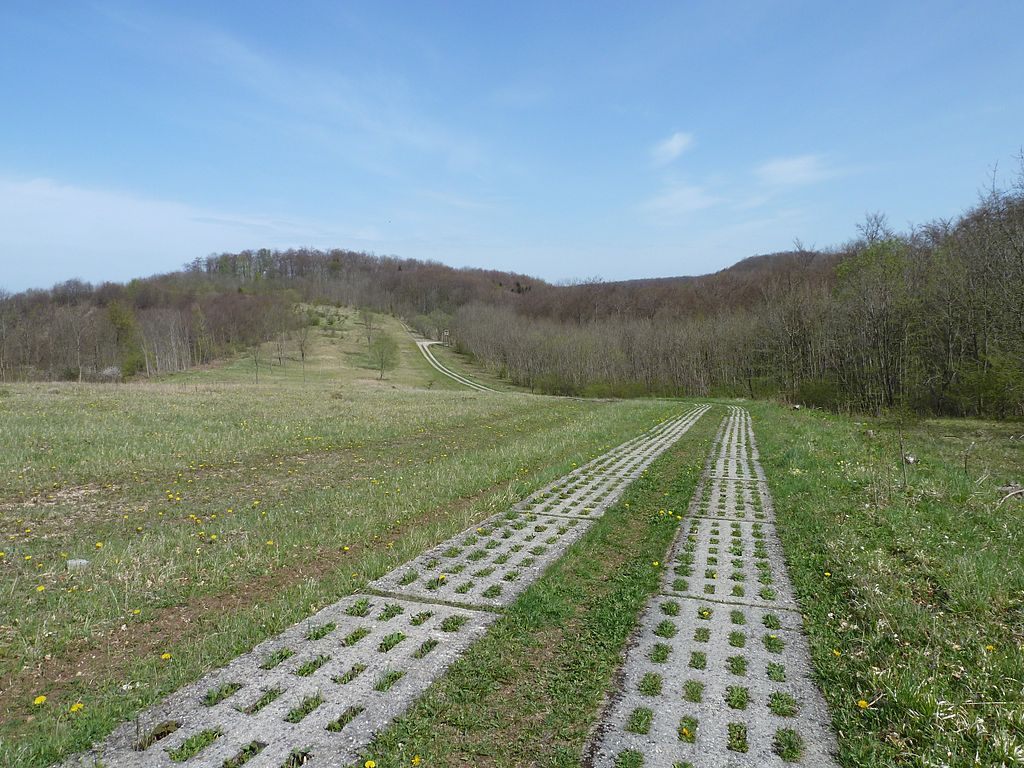 An overgrown border patrol path from the DDR (photograph by Global Fish/Wikimedia)
An overgrown border patrol path from the DDR (photograph by Global Fish/Wikimedia)



























Follow us on Twitter to get the latest on the world's hidden wonders.
Like us on Facebook to get the latest on the world's hidden wonders.
Follow us on Twitter Like us on Facebook